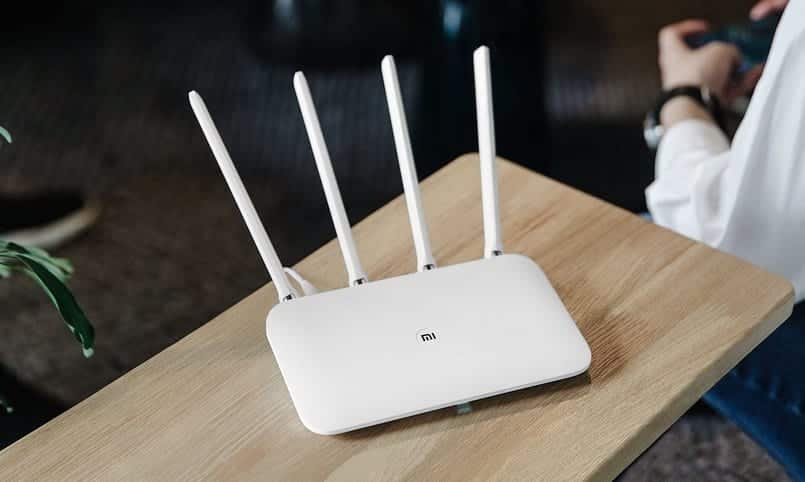How to change the channel of your WiFi to gain power and coverage. WiFi is not a perfect network, the signal disappears, it goes slow… Sometimes, this could be due to the fact that the router is in a wrong position or it is not very powerful, because your cell phone is not working properly or, simply, because there are interferences. Indeed, it is very likely that this is the cause and the solution to the problem lies in the channels.
Let’s review what are the channels, how to know which one uses our router, which ones are most suitable for use and, of course, how to change your WiFi channel directly from our Android device.
WiFi channels and interference
Let’s start with the basics. The vast majority of WiFi routers work with the 2.4 GHz band, which is classic and with which all phones are compatible. This ranges from 2,412 MHz to 2,472 MHz and is divided into 13 channels. These 13 channels share a spectrum of 100 MHz, but each has 20 MHz, so if we do the math… there is no we do it. Unless these channels overlap each other, of course.
This is exactly what happens. The channels overlap each other so that each channel occupies a part of the underlying spectrum. In the image above you can see how it works graphically and the clearest example is channel 1, whose bandwidth reaches channel 3. This means that a router transmitting on channel 1 will generate interference with a router that transmits on channel 3 and vice-versa.
The interferences are generated, above all, by the overlap of the channels
A possible solution is to switch to the 5 GHz band, which is less saturated since it has 25 non-overlapping channels and higher speed (even if less range), but not all routers can transmit with that band, especially the old ones. Furthermore, not all phones have an antenna compatible with the 5 GHz band, so this is not a universal solution. What remains to be done then? Change the channel!
Before changing your WiFi channel, you need to know which one you are using
And which channel should you connect to? The least saturated, of course. To know what it is, you can use a completely free application and note it on the Google Play called WiFi Analyzer. This will show you all the WiFi routers that are transmitting near you, their power and the channel they are using in a graph.
With this information, we can switch to changing your WiFi channel.
If you swipe three times to the left, you access a leaderboard. Click on “Choose your AP” and select your WiFi network. It will show you which channel you are using right now and which one it is, according to your surroundings, which one you should use to have an optimal connection. The 14 will always come out, but cannot be used.
And now we change it quickly
We already know the optimal channel, so now it’s time to change it on our router. To do this, open any web browser on your phone or computer and type in the address bar- 192.168.1.1. It will require some credentials which, if you haven’t changed them, are probably admin, 1234 or a combination of both.
Now read here to change your WiFi channel :
- Open the web browser and go to https://192.168.1.1.
- Enter the credentials provided by your ISP if necessary.
- Click on the Wifi tab to access the information of your wifi connection.
- Click on the Configuration sub-tab to activate the wifi terminal (simply check the Enable box ) and change the SSID name. You can also make your SSID visible in the list of wireless networks (select Active in the SSID Broadcast field )
- Change channel (drop-down menu Channel ) if your wireless connection seems slow or congested.
Save changes and go, channel changed. In theory, you should notice an improvement in the WiFi connection.

